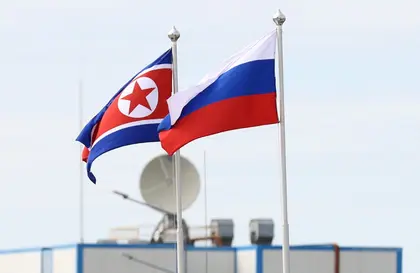THE state of education in Pakistan is nothing short of a crisis. Arguably, 95 per cent of school-age children are either not in schools or receiving substandard education.
Most conversations and reforms, consequently, focus on the circumstances of the majority, and particularly out-of-school children. But, what also matters is the education of the remaining 5pc, approximately three million children, studying in institutions capable of giving excellent education. A nation’s fate hinges on the character and capacity of what Martin Luther King Jr calls a “creative dedicated minority”.
Today, 95pc of kids are not getting a good education partly because of the decisions of a privileged minority of yesteryear. The fate of the country over the coming decades will depend significantly on the choices of those who will become the elite in the coming years.
Privileged here refers not only to those who are directly in power but also to the intellectual, civil and economic notables who influence public and private decision-making. Societies are almost always under elite capture, with a small group wielding disproportionate power to decide or influence policy and resource distribution.
The real question, then, is about the nature of these elites. Ali Mazuri, a Kenyan philosopher, bifurcates them: the elite of leisure and the elite of labour. The elite of leisure “minimises social commitment and exertion and is placed in a situation in which it can pursue a life of comfort without worrying about social disapproval. Elite of labour, on the other hand, is one which finds it necessary to justify its elite status by providing effective leadership and by setting an example of hard work through its own behaviour and performance”.
For now, it seems the education of the privileged in Pakistan is driven by economic goals of lucrative jobs inside or outside the country. The entire system works under the shadow of economics, which transforms education primarily into an investment that needs to be recouped in due course. This is a recipe for creating the elites of leisure, in Mazuri’s terms.
What kind of education is likely to turn a privileged group of 3m children into an elite of labour?
As a conversation starter, I propose the following: To begin with, there should be no compromise on the quality of scientific, mathematical, artistic and literary education. However, this academically rigorous education should happen in the crucible of equity and emancipation.
For example, economics education should question the highly skewed distribution of wealth and control over resources, the causes of poverty, and the link between wealth and politics. Integrated in the teaching of technology must be the moral questions it raises, its social consequences, and its link with economics. Literature should go beyond canon and include writers who bring to the forefront the lives of the dispossessed and exploited. All this and more to help the young grasp the historical and contemporary structures and power relations shaping the visible state of the world.
This segues into nurturing empathy, which is the seam stitching academic tools with the realities of the downtrodden. Beyond books, this can be done through projects and research, which can help get in the shoes of those whose lives need to be touched with a spark of hope. It will show that material success and failures are almost never individualistic. Social structures and moral luck play a key role in what one achieves. For Aristotle, educating the mind without educating the heart was no education. For us, it is a recipe for producing clever monsters.
There is much stress on the ideal of critical thinking. Arguably, the best roads to critical thinking are philosophy and history. The former helps raise first-order questions and scrutinise the premise of knowledge claims, while the latter helps create a cognitive distance from the present, the here and now, allowing for its critical interrogation. These should be a significant part of education.
Excellent communication skills with a desire to speak honestly and courageously is yet another ability that the privileged should have. Exposure to those who spoke truth to power, from biblical prophets to modern-day whistle-blowers, can be very inspiring for young idealistic minds. An equally important area is physical health and fitness. A life of social responsibility is often born of physical hard work.
A major educational concern these days is the dwindling attention span and decreasing capacity to memorise. Without the ability to pay attention, no great achievement is possible in any field. Halting the weakening of these capacities should also be an aim of education. Here, meditative habits and the prudent use of screen time, particularly in early education, is of immense value.
Until not too long ago, the talk of the educated was punctuated with apt quotes from memory. Many difficult situations are dealt with through citing a befitting couplet that dissolves the tension. The tradition of learning great literature by heart is dying out because of the conflation of memorisation with regurgitation. The latter is a problem, the former a gift which needs to be nurtured and enjoyed.
The biggest barrier to such an education for the privileged is the conscious or subconscious threat of power sharing — the daughter of my servant might get ahead of my son. But this threat is misguided. Societies with a better quality of life are also high on equity and distribution of resources.
Both, the moral imperative that all humans deserve equal opportunities to fulfil their potential, and the practical consideration that no one is safe until all are safe, call for an elite that works for the wider society and not against it. Privilege brings responsibility. As Nyerere noted, education should aim not for a better life, but for making a better world.
The writer is dean of the Institute for Educational Development, Aga Khan University.
Published in Dawn, June 28th, 2024

















